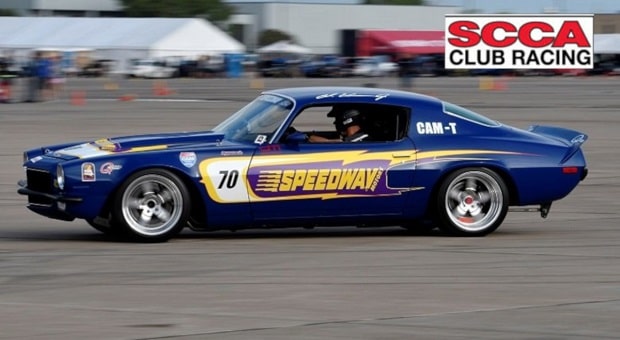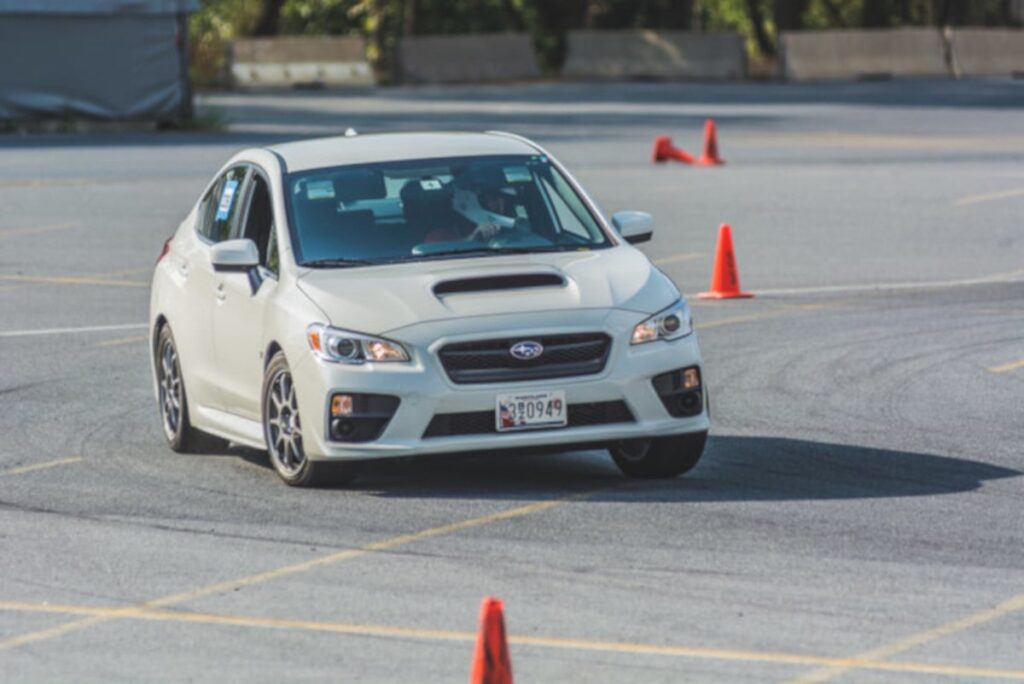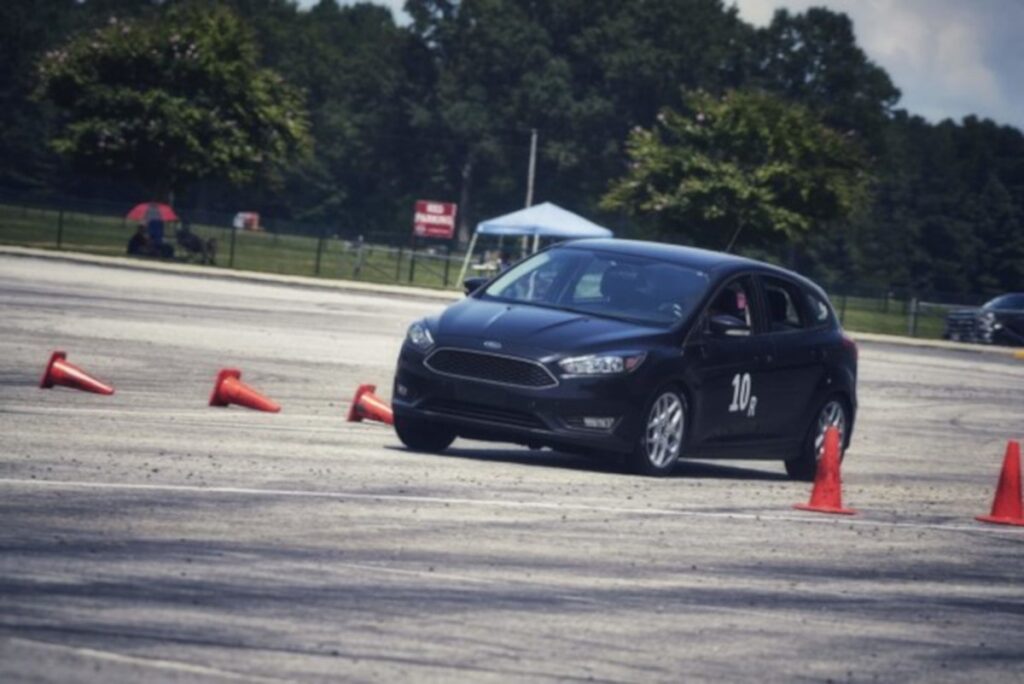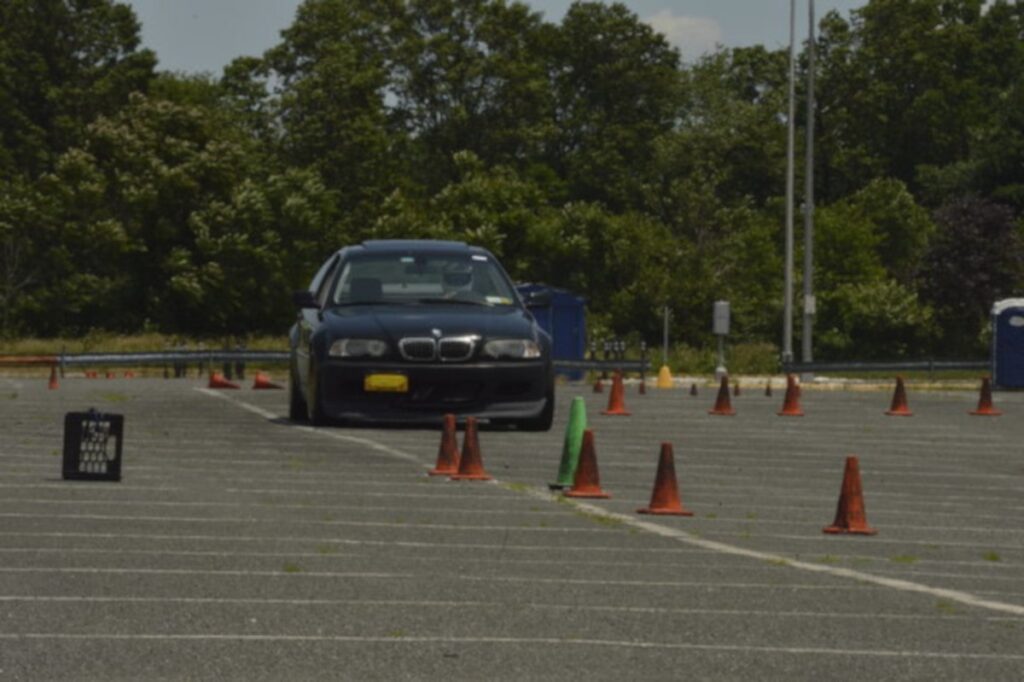

So, you want to start racing in the Sports Car Clubs of America (SCCA). How do you go about that? What do you need to do in order to be allowed on track at SCCA-sanctioned racing events? Well, to be honest, it all depends on what type of racing you want to do and at what level you want to race. Most of us don’t have the bottomless wallets that racing at the professional level requires these days, which makes racing in the SCCA events a good way for amateurs to get on the track.

Autocross racing is the quickest and easiest way to get started with SCCA racing. It’s also the cheapest, since it’s one of the safest ways to get into racing, being set up either in large parking lots or in (usually) abandoned or inactive airfields. Autocross is also one of the best ways to develop track awareness and what I call “feeling the car.”
The first thing you’ll need to start autocrossing with the SCCA is a valid driver’s license for your state of residence, even if the track at which you want to compete isn’t in your home state. Many organizers also require that you show valid proof of insurance before they’ll let you move on to registration. Then you’ll need to join the SCCA.

You will also need a helmet. This helmet needs to meet certain requirements/specifications – Snell “M” and “SA” are the most common of these. It also needs to have the number 2005 or higher after the letters (SA2015, for example). You can also use helmets that are ECE R22.05 certified. Many host Regions running autocross events will have a limited number of “loaner” helmets available. If you don’t currently own a helmet, check with the host Region to see if loaners will be made available.
The next thing you’ll need is to make sure your car is in good working order. Your suspension has to be safe; no loose parts, no worn shocks or bushings, and no excessive play in the steering. If your seatbelt(s) is/are worn or frayed, get them replaced because that will disqualify you for safety reasons. Also, make sure your brakes are up to snuff, with no excessive play in the pedal, drums and rotors in good shape with plenty of meat left on the pads/shoes. Look your car over thoroughly and make sure there are no fluid leaks of any kind. Finally, make sure you have plenty of tread left on your tires.

OK. Your license and insurance are good, you’ve got a helmet that meets requirements and you’ve got your car in tiptop condition – what next? Find an event near you. Cruise on over to the SCCA website, type in your zip code and you’ll be presented with the local Regions. Choose one and read through the list of events they have scheduled. Carefully read through the information on that Region’s page, as some require you to pre-register before the event while others let you register on race day. Depending on the event and Region, participating can run between $25 and $60.
Show up early on race day and go through the final registration steps, including signing the all-important waiver (gotta keep the legal beagles happy, ya know). It’s recommended that you bring a plastic tote or something similar on race day because you’re not permitted to have anything loose in the car. Once you’re registered, check the schedule to see when you can head over to “Tech” to have your car inspected. After that, you’ll have to attend at least one driver’s meeting.
Once the driver’s meeting is over, there’ll be a little time before the actual racing starts, during which it’s highly recommended that you walk the track/course so you can get a feel for it and start planning how you’re going to attack it. Although the track will be clearly marked out (usually with yellow or orange safety cones), doing this walk-through is really helpful, especially for the first-timer.
That’s it. By the end of the day, you will have competed in your first SCCA racing event at the amateur level.
Oh, one more thing: Autocrossing is an all-weather sport, so dress accordingly. Wear close-toed shoes and comfy clothing. You’ll probably be there all day, so it’s also a good idea to bring some munchies and non-alcoholic drinks with you. Also remember that pretty much everyone overseeing the event is a volunteer and you’ll probably also be asked to help out in some way, maybe by helping in the timing trailer or guiding cars to the course from the grid area. You’ll be given these assignments during the driver’s meeting. Volunteers are what keeps SCCA autocrossing so affordable.

All of the above is for those of you who just want to get into basic autocrossing. That’s fine, but what if you want to get into road course racing? That takes a little more. There are three general road course classes: Runoffs Eleigible Classes, Regional Only Classes and Optional Regional Classes. These are further broken down into eleven subclasses:
1. Formula Category Classes
2. Grand Touring Category Classes
3. Improved Touring Category Classes (Regional)
4. Super Touring Category Classes
5. Production Category Classes
6. Sedqan Category
7. Spec Miata Class
8. Sports Racing Caegory Classes
9. Touring Category Classes
10. B-Spec Miata Category Classes
11. Spec Miata Class
Each of these are further subdivided. To see what these are, check the most recent 2020 General Competition Rules (GCR) and remember, they’re updated monthly. You must enter and race in the proper class for your car. One thing to point out: Don’t take your car to an event if it’s dirty, rusty or all primer. You’ll be turned away.

You must keep an up-to-date official SCCA Vehicle Logbook unless you have an ASN Canada FIA Vehicle History Logbook. Your car and logbook will be thoroughly inspected prior to every event and any discrepancies will be noted in the logbook. Again, check the current GCRs for more detailed information. There you will find requirements for everything from oil system design to roll bar/cage design, driver suit requirements, safety harnesses and much, much (MUCH) more.
Driver competition licensing requirements are covered in Section Two of Appendix C of the GCRs. They’re lengthy and go through the process from medical requirements through novice permits (including novice permits for 14- and 15-year olds) and into full competition licenses. Remember, step one for all licenses is being a member of the SCCA in good standing.

If you already possess a full competition license from another racing organization – NASA and IMSA are two examples – and meet the medical requirements, you’re good to go, as long as you are or become an SCCA member. Prior racing experience may also be credited towards obtaining your full competition license.


Leave a Reply